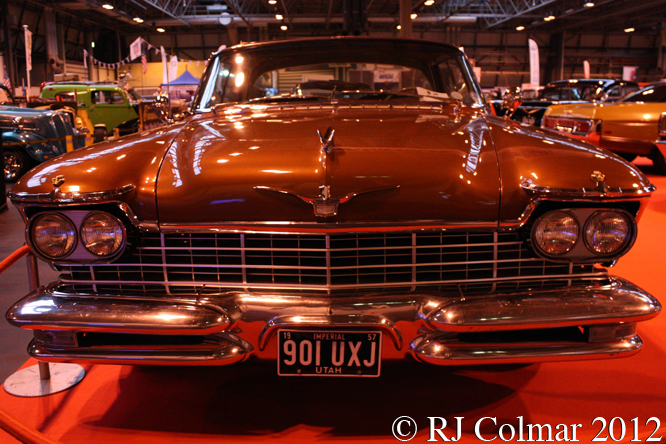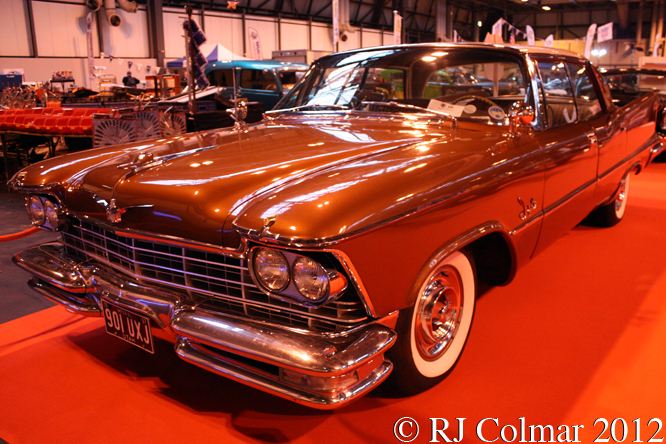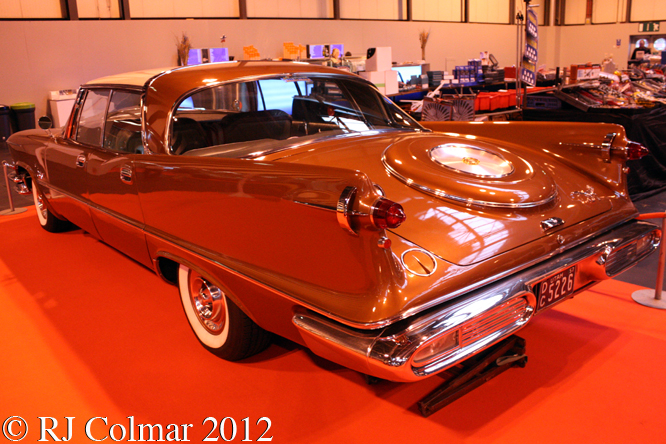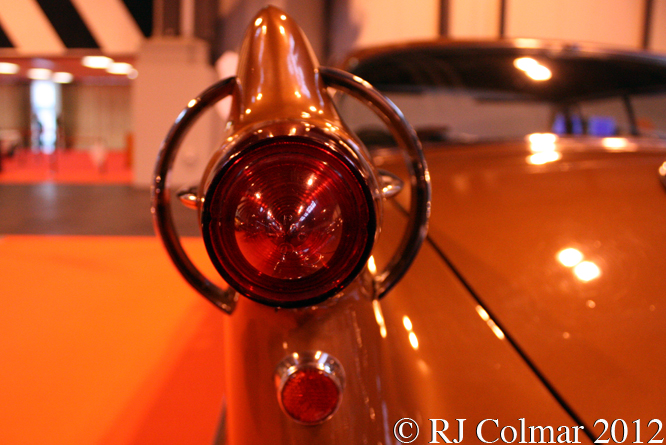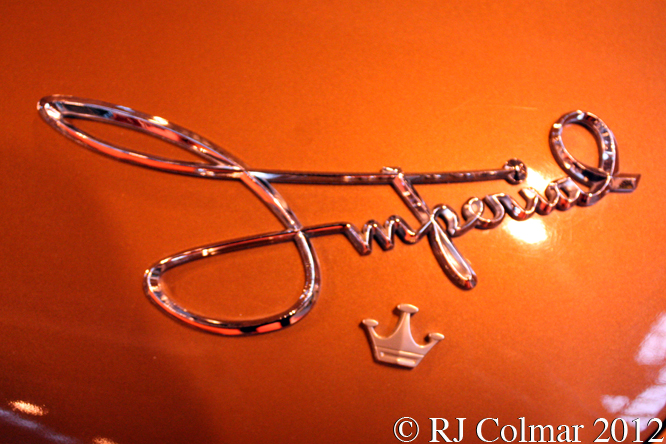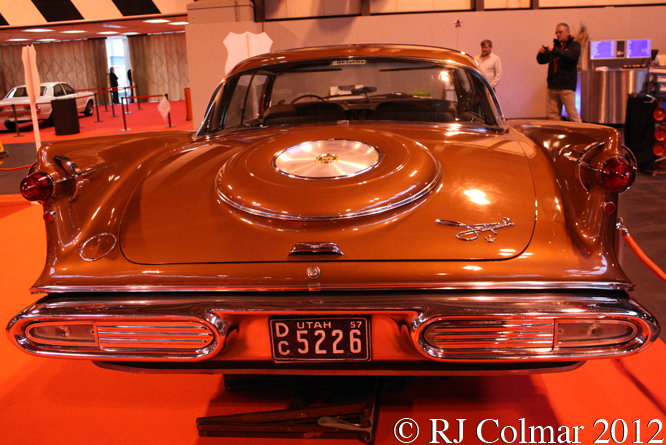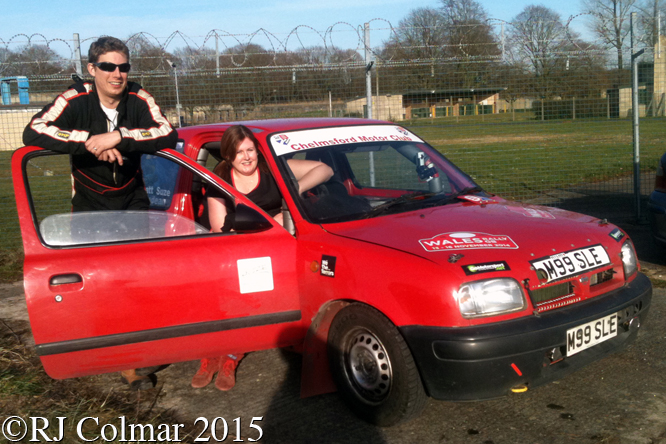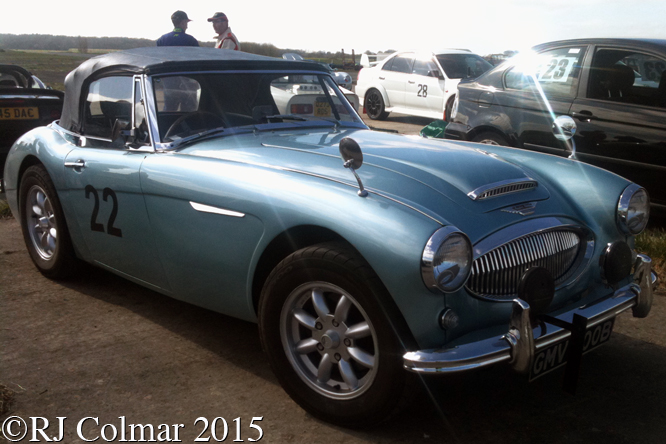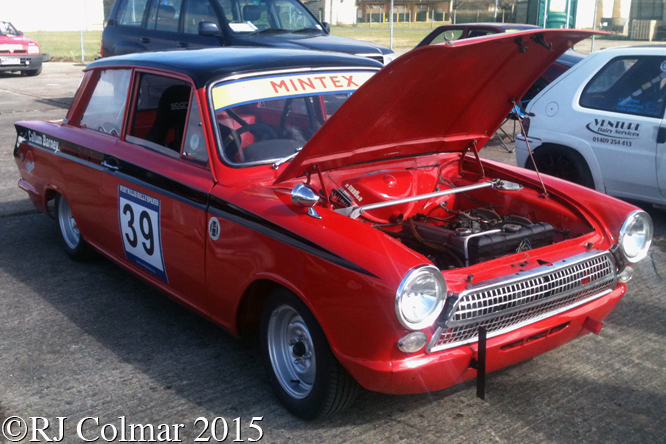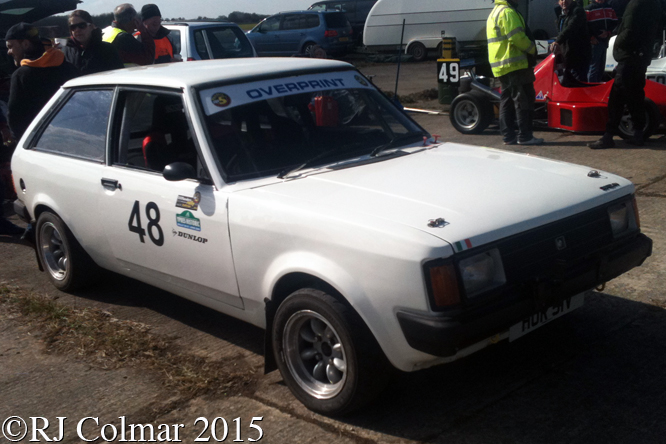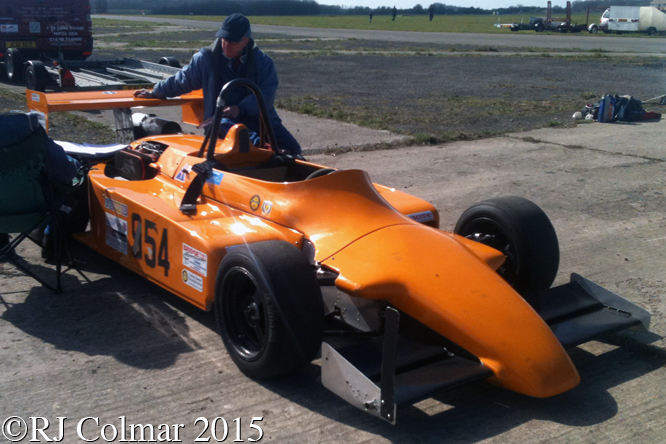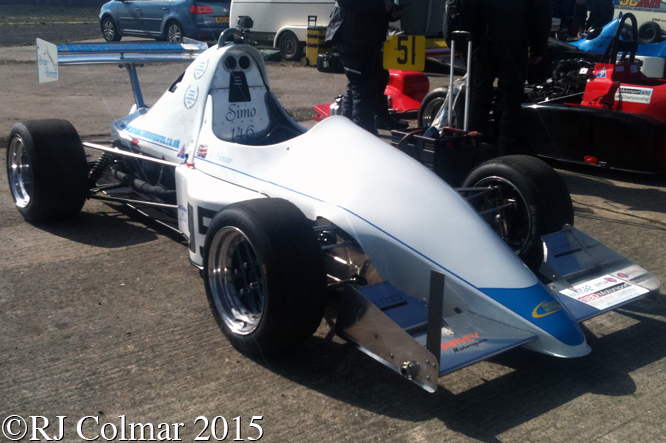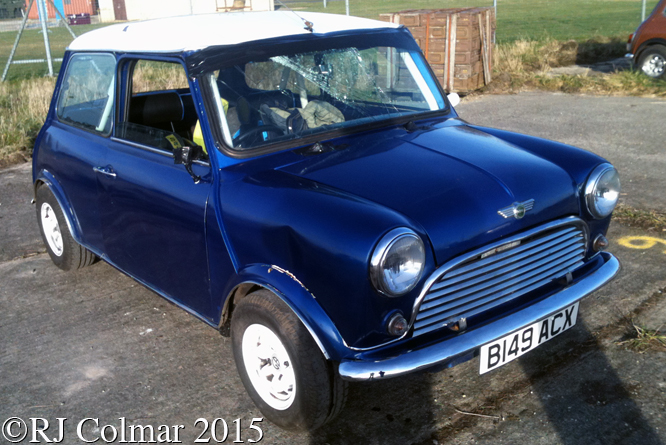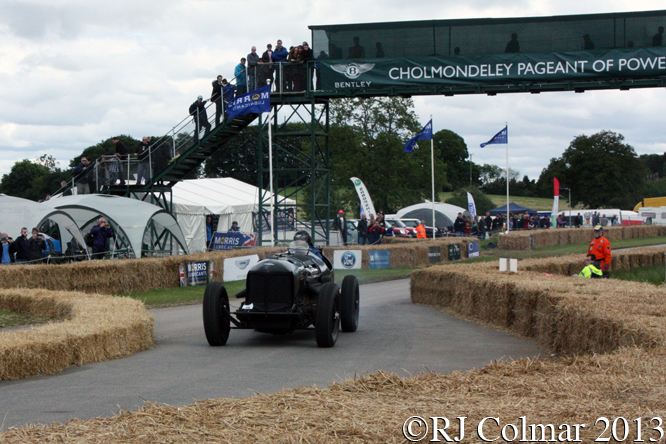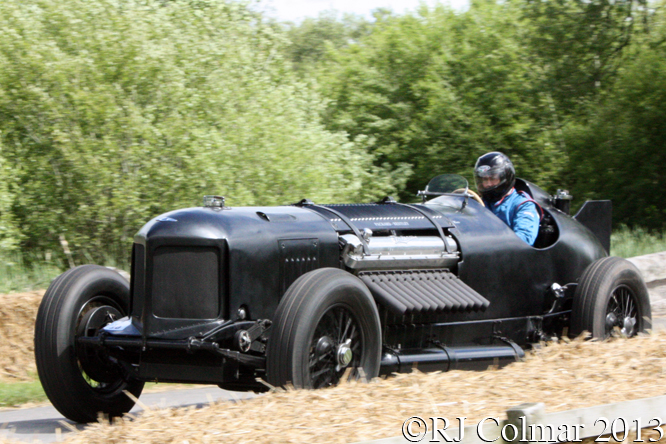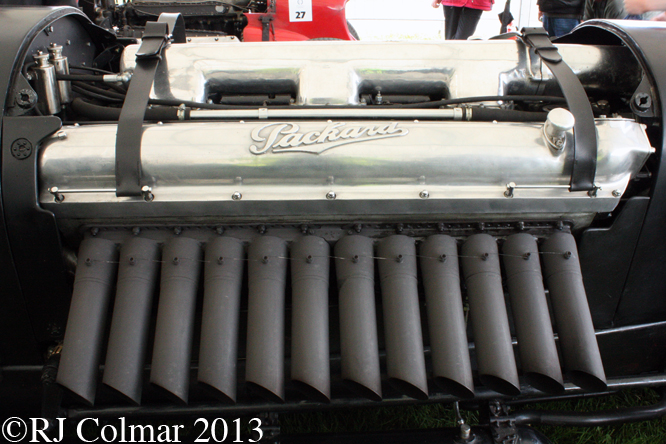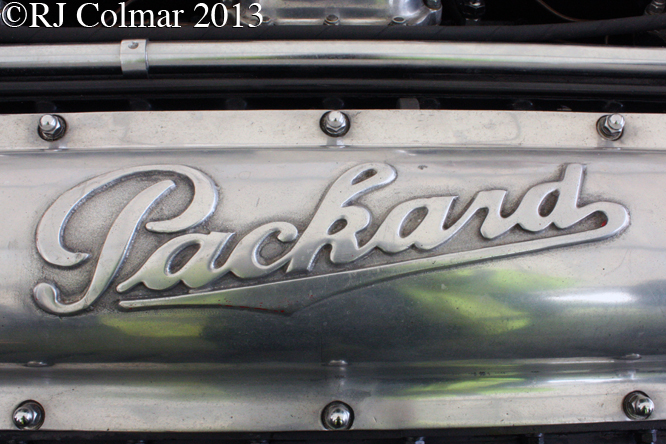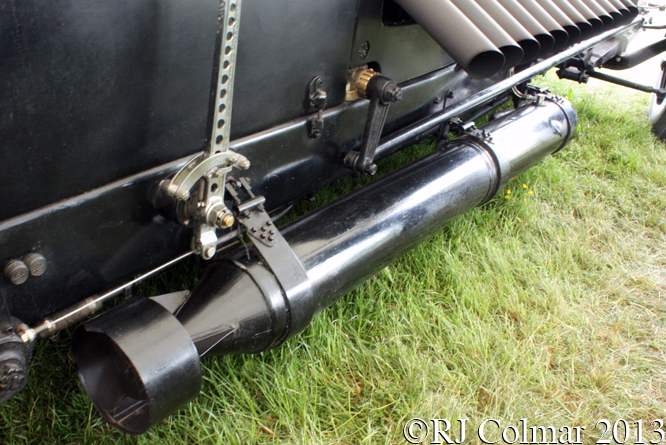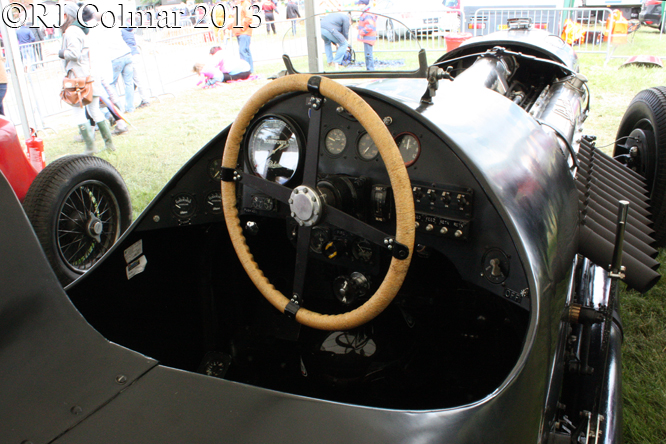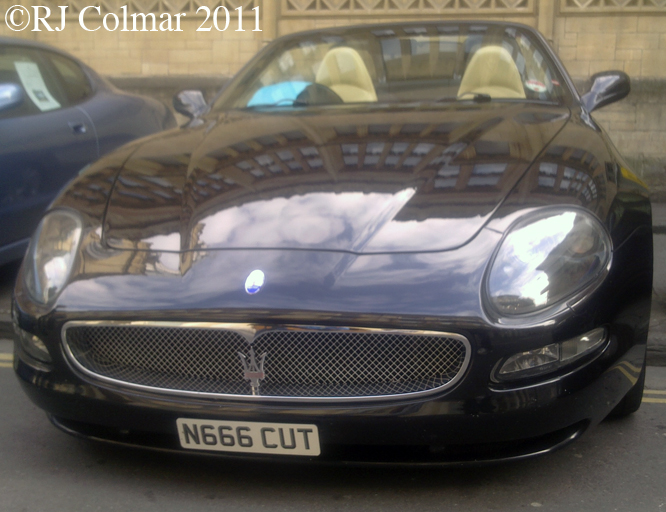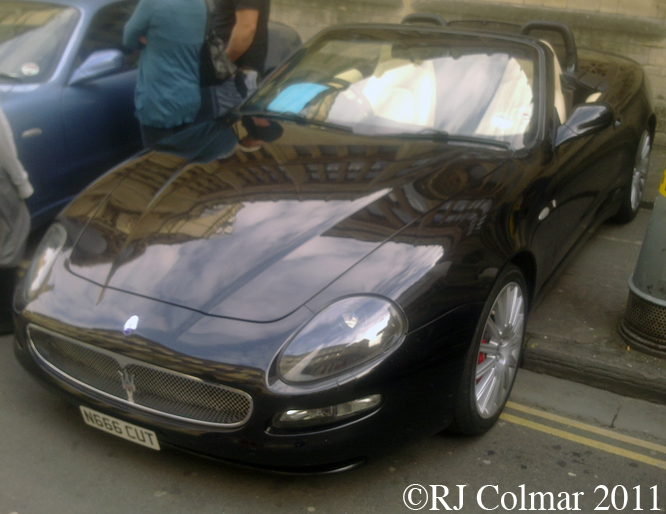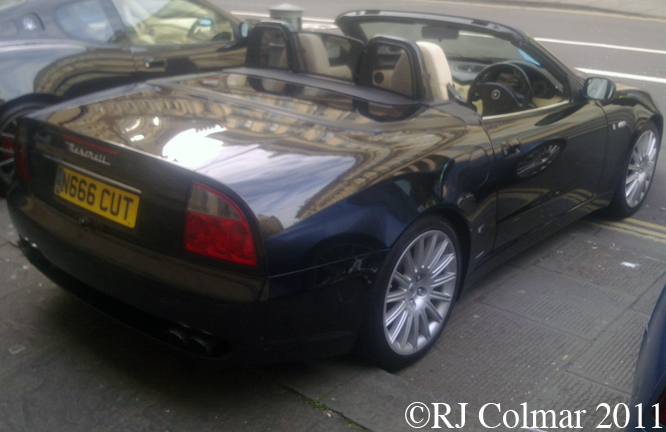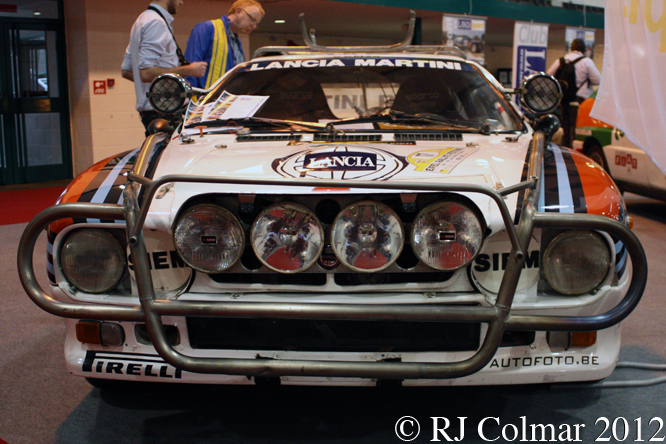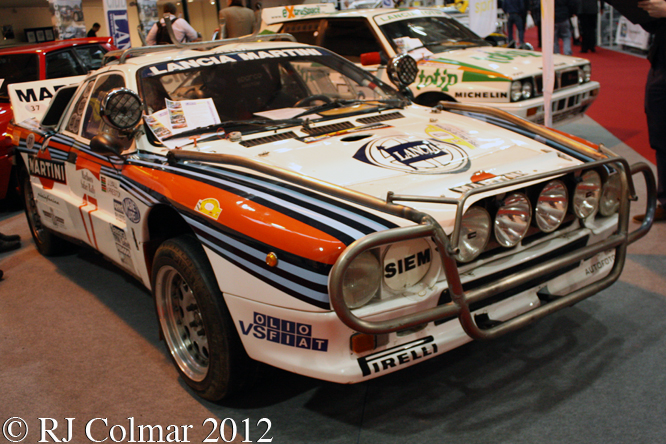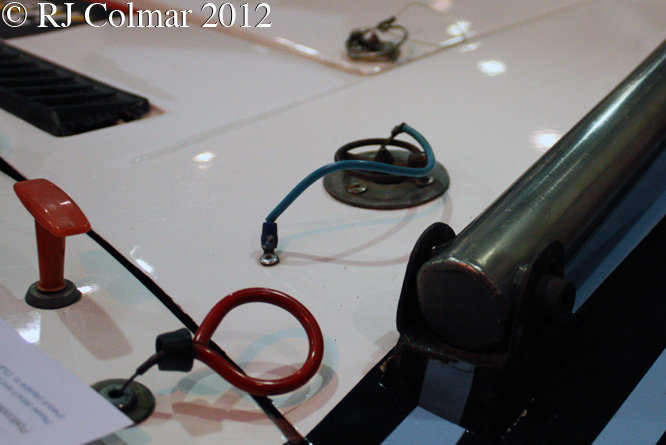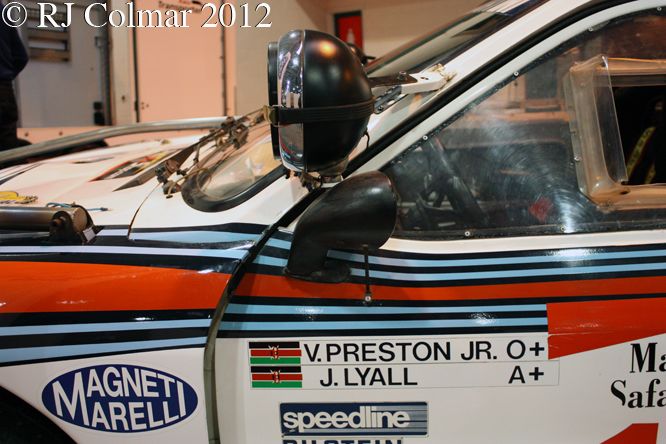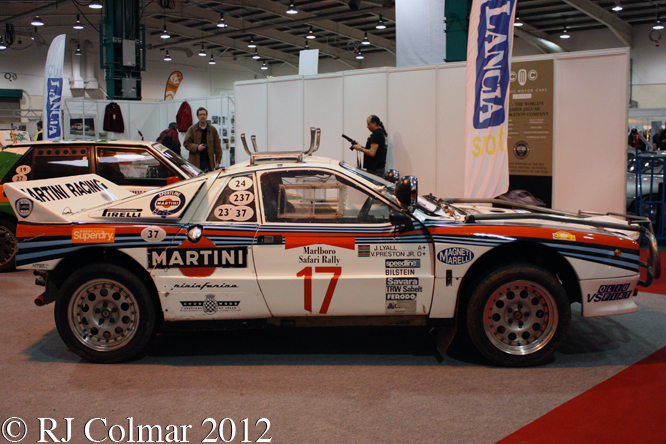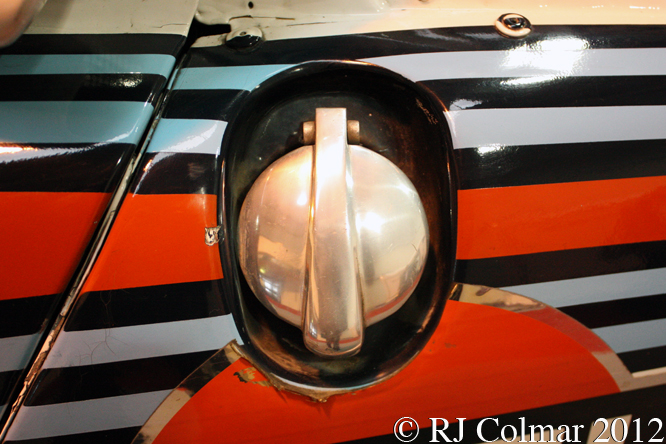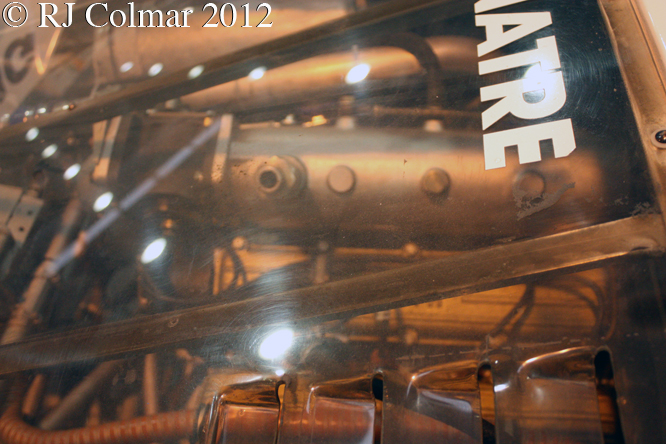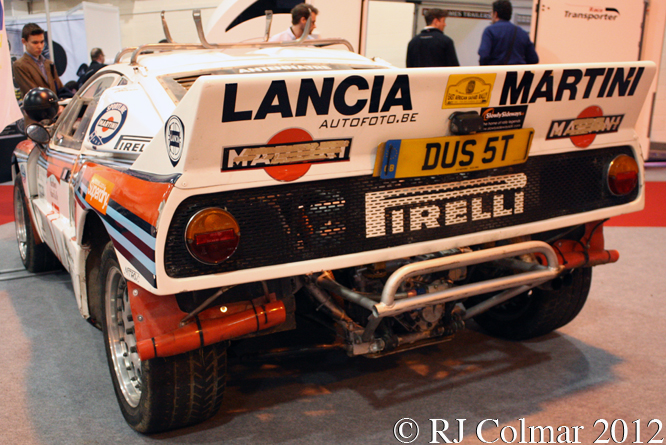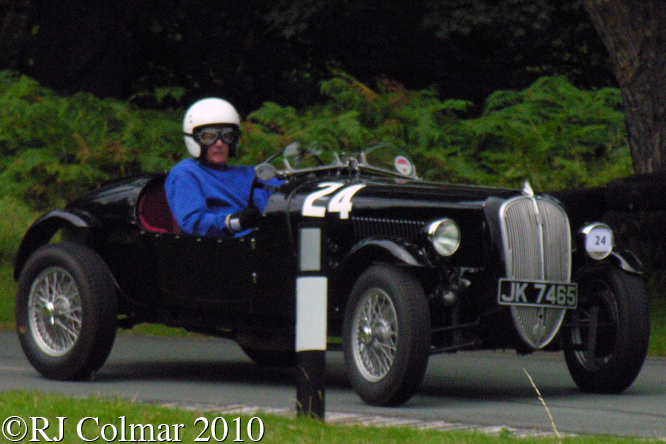In 1963 Tony Rudd followed the lead set by Colin Chapman’s 1962 Lotus 25 and designed BRM’s first P61 monocoque chassis, unlike the Lotus bathtub monocoque Tony’s chassis was a tube monocoque which dispensed with the need for a fibre glass cockpit surround.
Despite Graham Hill’s 3rd place finish on it’s debut in the 1963 French Grand Prix the P61 raced only twice in the 1963 season as it became apparent that the chassis flexed.
For 1964 a Mk2 P61 evolved that replaced the separate subrame that carried the motor with pontoons made from stressed sheet metal that extended from the back of the monocoque, the P 61 Mk2 became known as the P261.
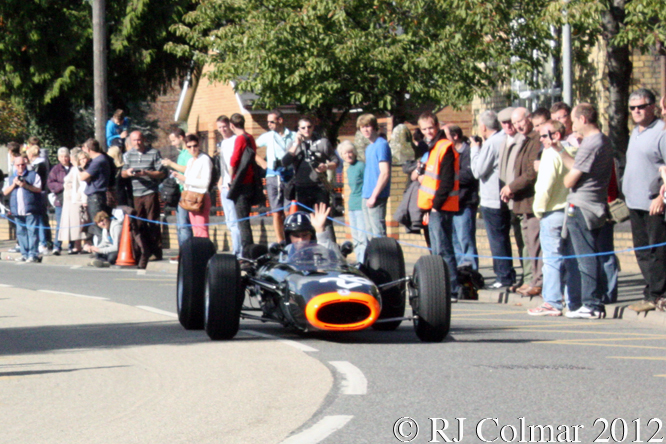
In all 6 P261’s were built in 1.5 litre V8 spec for the 1964 and ’65 Formula One seasons, in 1.9 litre and 2.0 litre V8 spec for the 1966 Formula One season which now permitted 3.0 litre engines and 2.1 litre V8 spec for part of 1967 Formula season.
BRM also opted to compete with 1.9 litre V8 spec P261’s in the 1966 Tasman series of races, which permitted motors of up to 2.5 litres, run during the winter months in Australia and New Zealand, and ran 2.1 litre V8 P261’s in the following year when Jackie Stewart and BRM failed to repeat the title winning successes, 4 wins from 8 races, of 1966.
These cars served the works BRM team up until 1967 and today’s featured chassis #2615 carried on racing in privateers hands until 1969 by which time it had been fitted with a 3 litre BRM V12 motor.
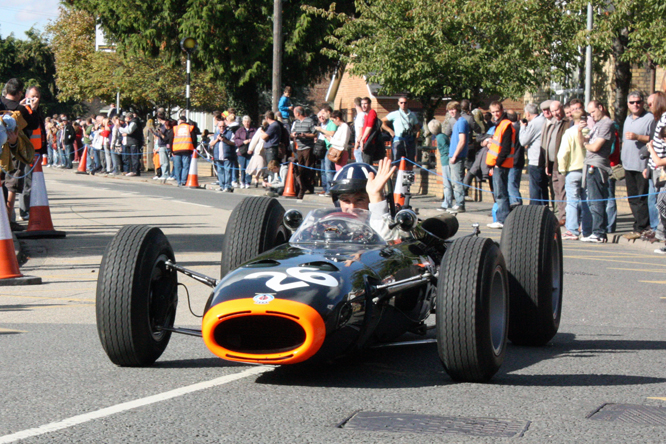
#2615 first appeared at the the 1964 Belgian Grand Prix where Graham Hill drove it qualifying 2nd and finishing in 5th place. At the following race Graham finished 2nd in the French Grand Prix his best result in 1964 driving this chassis. Two wins and two further 2nd places helped Graham secure second place to John Surtees in the 1964 Championship season.
Richie Ginther drove the car at the 1964 US and Mexican Grand Prix’s recording a best 4th at Watkins Glen, Graham returned to drive #2615 a couple of times in early 1965 recording a best 2nd place in the Goodwood non championship race.
Jackie Stewart was the last works driver to drive #2615 in a Championship Formula One race in Mexico where he retired but still finished 3rd in the championship behind Jim Clark and team mate Graham.
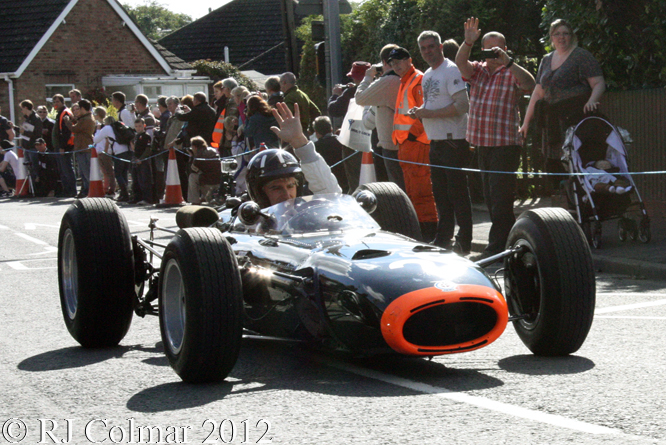
Bernard White Racing bought the car for 1966 and entered it at various non championship and championship events for Vic Wilson, Bob Bondurant and Innes Ireland who all managed best 4th place finishes, at Syracuse, Monaco and Oulton Park respectively, on their first acquaintance with the car.
BRM borrowed #2615 from Bernard White Racing for the 1967 Tasman Series intending it to be a spare car for the works drivers. However it ended up being driven by Richard Attwood who finished 3rd in his first two starts with the car and won the minor Vic Hudson Memorial non championship race at Levin.
Piers Courage then drove #2615 in three events finishing a best 4th in the Teratonga International at Invergill. Chris Irwin was put in the car for the last three meetings of the Sandown meetings of the ’67 Tasman season finishing a best 3rd at Longford where Jackie Stewart borrowed the car for the 2nd preliminary to finish 2nd before returning to his own car which needed gearbox repairs for the final.
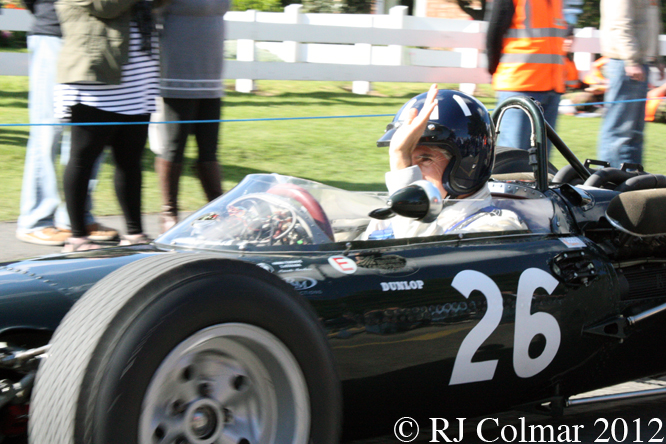
After #2615 was returned to the UK Bernard White Racing nominated David Hobbs to drive it in the 1967 British and Canadian Grand Prix but he could do no more than finish 8th and 9th even with a 2.1 litre motor.
For 1968 Bernard White Racing fitted the latest 3 litre BRM V12 but David finished only 9th and 6th in the non championship Race of Champions and International Trophy events run at Brands Hatch and Silverstone respectively.
It fell upon Frank Gardener to attempt to drive a P261 in a Championship Formula One event for the last time at the 1968 Italian Grand Prix however incorrect gearing meant he had no hope of even qualifying.
In 1969 #2615 still fitted with the V12 changed hands twice, Tony Dean bought the car and raced it in the Gran Premio de Madrid de F1 at Jarama, which was run for F5000 and F1 cars with a separate Formula 2 division, where he finished third behind the Formula 5000 Lola Chevrolet T142 driven by Keith Holland and F5000 McLaren Chevrolet M10A driven by Peter Gethin.
Later in the year Ben Moore bought #2615 and entered Charles Lucas to race, still with a V12 fitted, in the Gold Cup at Oulton Park where he retired with ignition box failure on the cars and models final “in period” appearance.
Graham Hill’s son Damon is seen demonstrating #2615 in these photograph’s at the BRM Day in Bourne a couple of years ago.
My thanks to Tim Murray or lending me a copy of Doug Nye’s invaluable BRM Volume 3 which proved to be an invaluable reference resource, incidentally there is a photo of in the aforementioned book showing Graham Hill testing #2615 at Snetterton with an “onboard data recorder, wrapped in aluminised cloth, braced on a tall gearbox bracket and steadied by bungee cords.”
The recorder is described as being attached to sensors taped to every suspension link and the data, which revealed for example that Graham Hill’s height accounted for a loss in performance equivalent to 100 rpm on the straights against his more diminutive team mate Jackie Stewart, appears to have been recorded on light sensitive paper tape.
Thanks for joining me on this “Tube Monocoque” edition of “Gettin’ a li’l psycho on tyres, I hope you will join me again tomorrow. Don’t forget to come back now !
